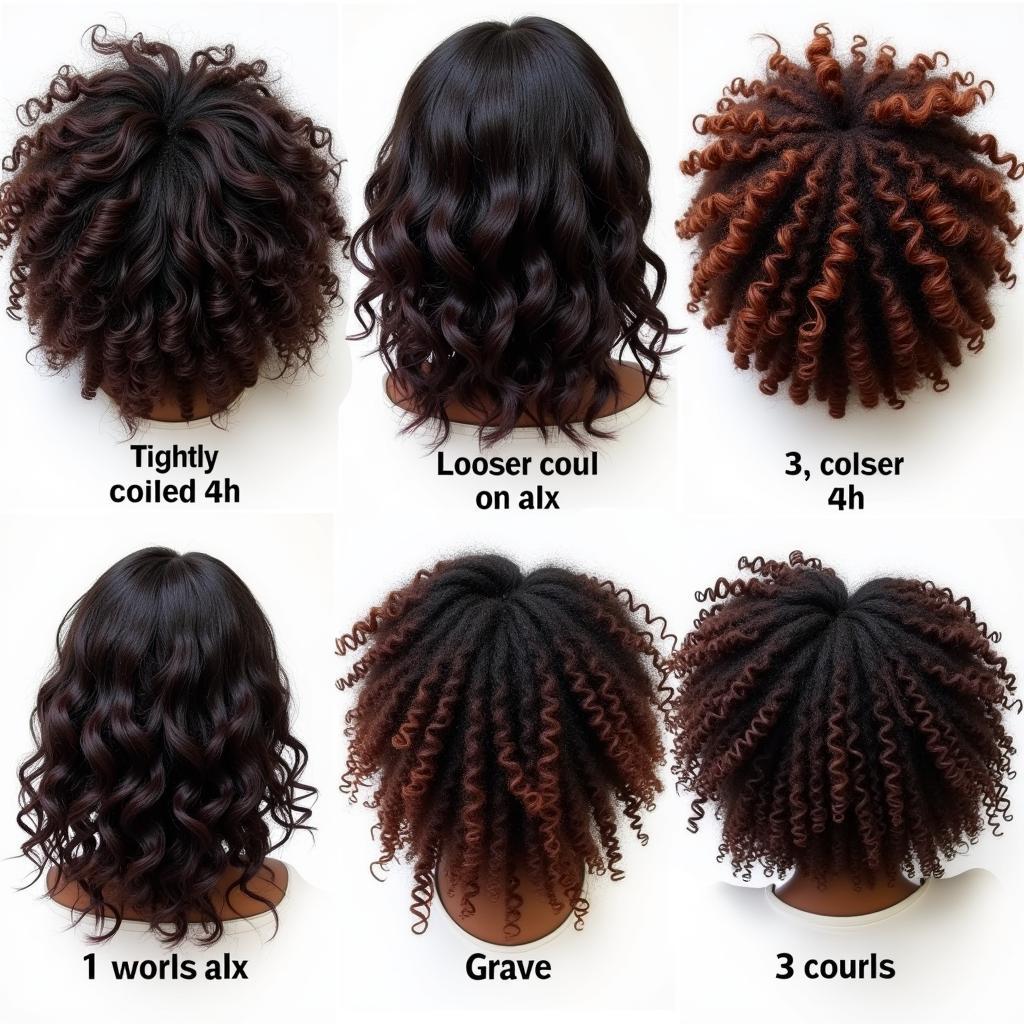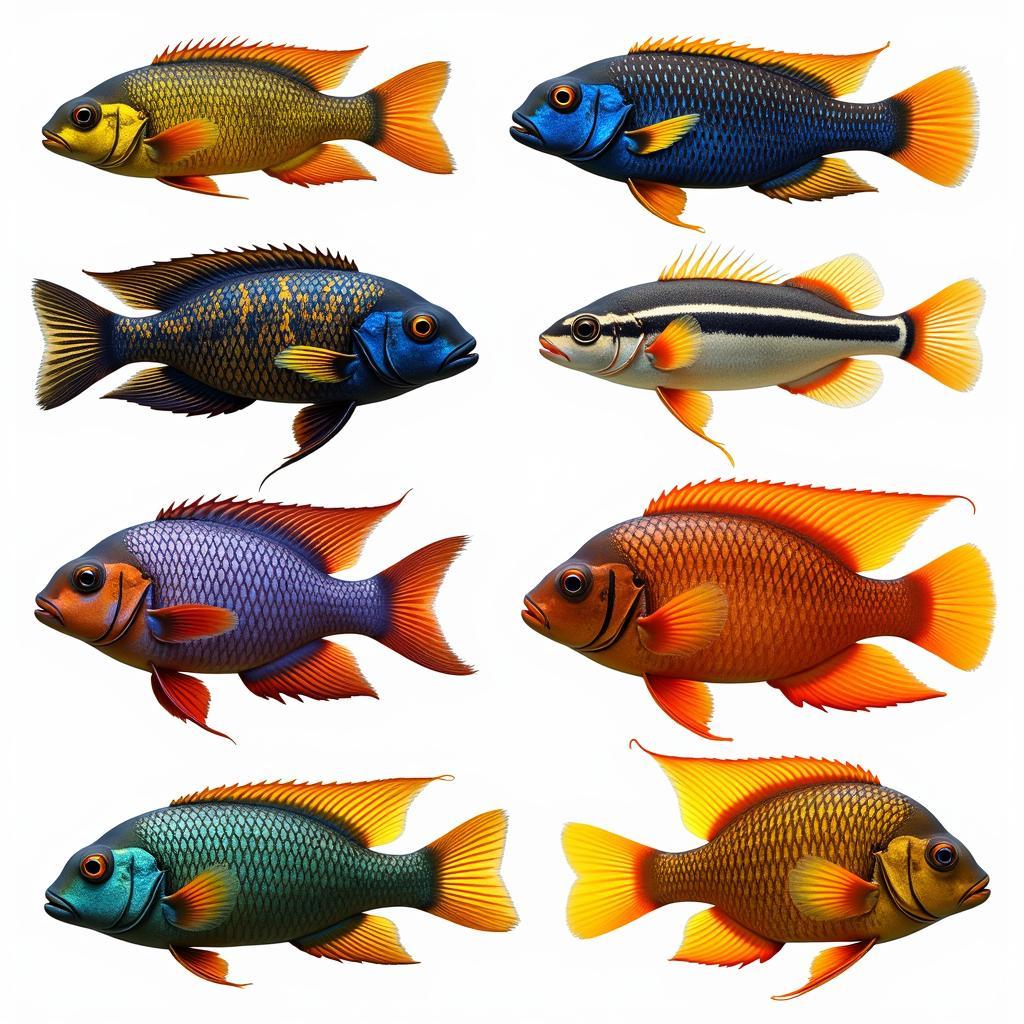A Colorful History: Unraveling African American Head Wraps
African American Head Wraps History is rich and complex, spanning centuries and continents. From their practical origins to their powerful symbolism, head wraps represent a vibrant tapestry of cultural heritage, resilience, and self-expression. They are more than just a fashion accessory; they are a powerful statement of identity, a connection to ancestry, and a celebration of African heritage. Let’s explore this fascinating history and discover the significance of these majestic adornments.
The roots of African American head wraps can be traced back to West Africa, where head coverings served various purposes. They protected hair from the elements, signified marital status, and even denoted religious affiliation. This tradition continued during the transatlantic slave trade, as enslaved Africans were often forced to cover their hair. Ironically, this act of oppression inadvertently preserved a powerful symbol of cultural identity. Check out 1970s African American fashion to understand the influence of head wraps during this era.
The Evolution of Head Wraps: From Necessity to Symbol
Head Wraps During Slavery
During slavery, head wraps became a marker of oppression, but they were also subtly transformed into symbols of resistance. Enslaved women used intricate tying techniques and vibrant colors to communicate secretly, maintain their dignity, and express their personal style, showcasing their creativity and resilience in the face of adversity.
Head Wraps in the 20th Century
The 20th century saw a resurgence of head wraps as a symbol of Black pride and identity. During the Civil Rights Movement, head wraps became a symbol of solidarity and resistance against racial injustice. Women like Rosa Parks and other activists often wore head wraps, further solidifying their connection to African heritage and their commitment to the fight for equality. Head wraps became synonymous with strength, resilience, and the power of Black womanhood. You can find modern interpretations of this tradition in an African clothing store near me.
The Many Faces of Head Wraps: Style and Significance
What are the different ways to tie a head wrap?
There are countless ways to tie a head wrap, each with its own unique meaning and aesthetic. From the regal Gele of Nigeria to the elegant Turban, the possibilities are endless. This versatility allows for endless self-expression and creativity.
What do different colors and patterns signify?
Colors and patterns also hold significance. For instance, certain colors might represent marital status, age, or social standing. Bold patterns and vibrant colors often reflect the wearer’s personality and cultural heritage. Explore African American pride clothing to see how head wraps contribute to this expression.
Head Wraps Today: A Celebration of Heritage
Head wraps continue to be a powerful symbol of African American identity and heritage in the 21st century. They are seen on runways, in music videos, and in everyday life, representing a connection to the past and a celebration of the present.
How are head wraps styled today?
Today, head wraps are styled in countless ways, reflecting individual personalities and contemporary fashion trends. From casual everyday looks to elegant formal attire, head wraps add a touch of flair and cultural significance to any outfit. For church attire inspiration, explore African dress designs for church.
“Head wraps are a powerful reminder of our ancestors’ resilience and creativity,” says Dr. Amani Kendi, a cultural historian specializing in African diaspora studies. “They are a tangible link to our heritage and a symbol of our enduring strength.” Another expert, Professor Imani Asante, adds, “The beauty of the head wrap lies not only in its aesthetic appeal but also in its profound cultural significance, connecting generations of African American women.”
In conclusion, African American head wraps history is a testament to the resilience, creativity, and cultural richness of the African diaspora. From their origins in West Africa to their enduring presence in contemporary society, head wraps represent a powerful symbol of identity, heritage, and self-expression. For more hairstyle inspiration, explore African American female hairstyles.
FAQ
- What is the significance of African American head wraps?
- How were head wraps used during slavery?
- What are some common head wrap styles?
- What do different colors and patterns on head wraps represent?
- Where can I learn more about tying head wraps?
- How are head wraps incorporated into modern fashion?
- What are some resources for learning more about African American head wrap history?
For further assistance, please contact us at Phone Number: +255768904061, Email: kaka.mag@gmail.com, or visit our address: Mbarali DC Mawindi, Kangaga, Tanzania. Our customer service team is available 24/7.


